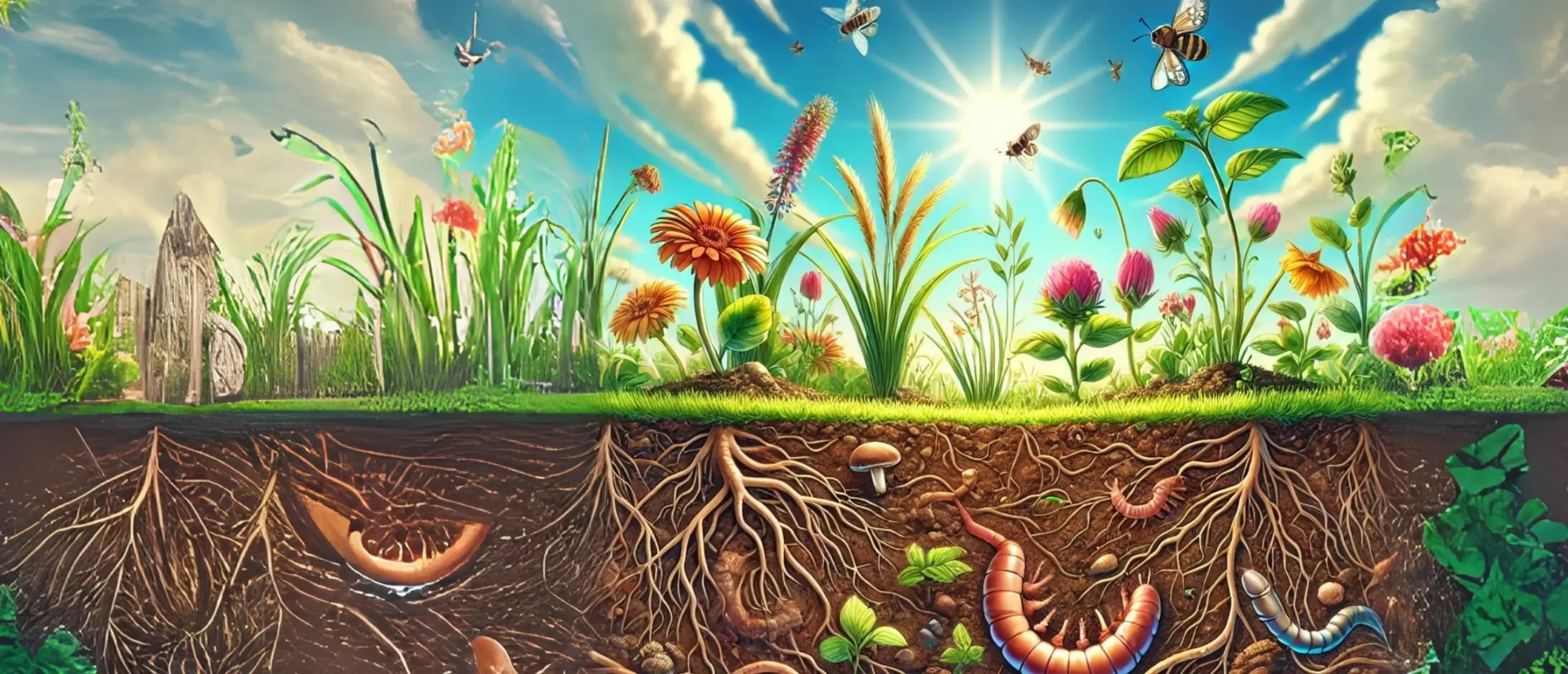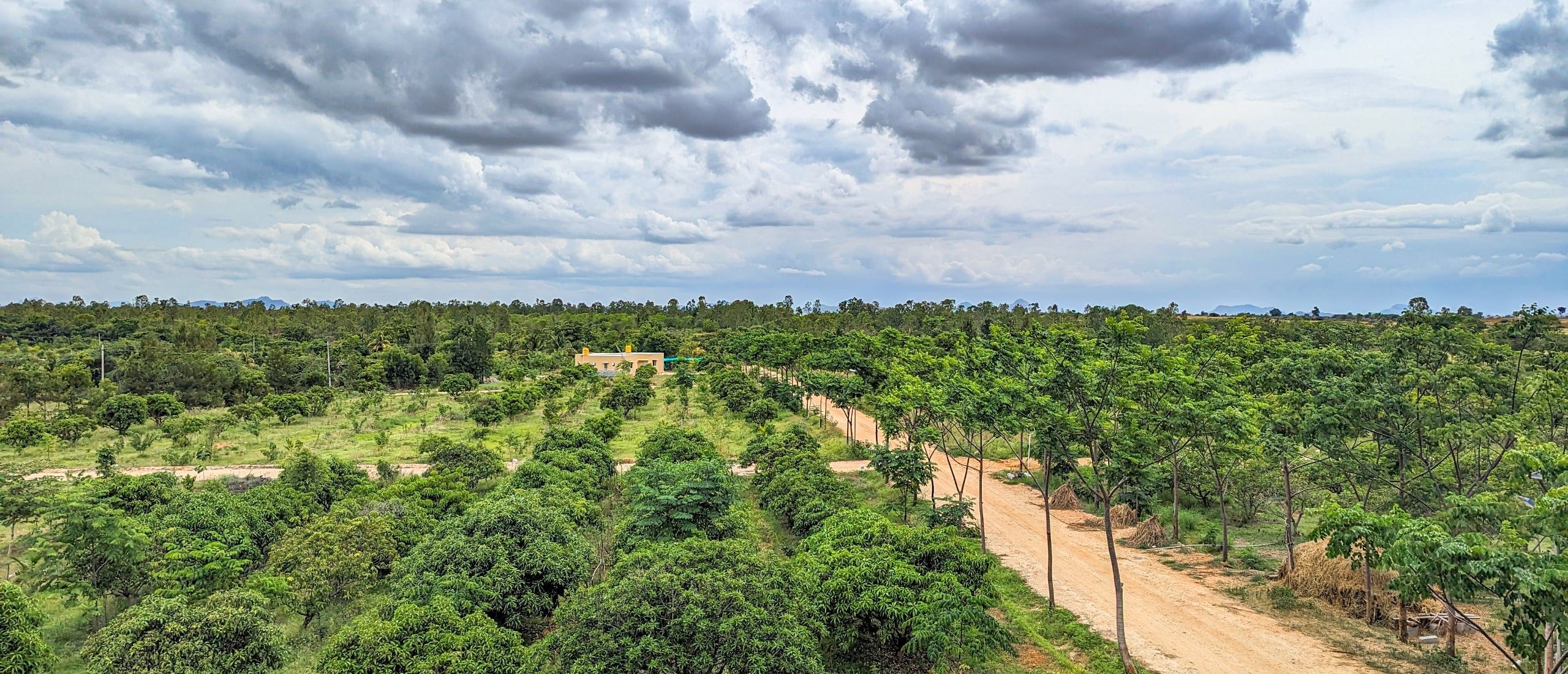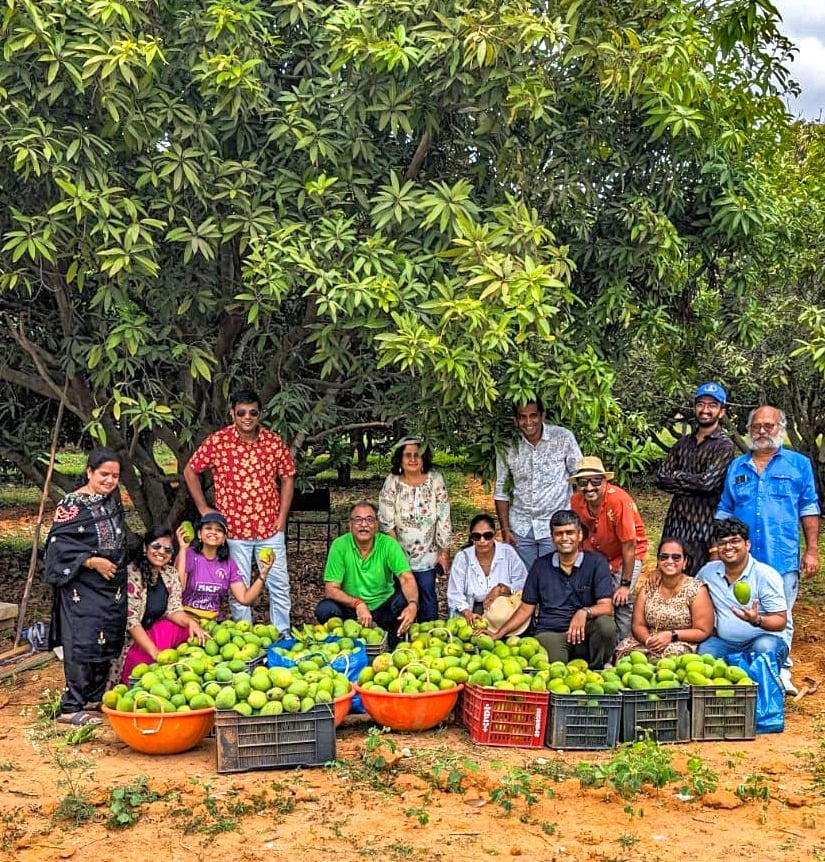January 10, 2025
In India, there is a profound understanding of the cosmos and its impact upon life on the planet. This deep awareness led to the creation of the lunisolar calendar, with festivals designed as tools to help life blossom to its fullest potential. There was a time in India when entire 365 days of the year were celebrated as festivals for every aspect and activity of life.
Sankranti is one such festival that reminds us of kite flying, bonfires, harvest celebrations, Surya Pooja (worship of the Sun), farm animals, and much more. While commonly known as a harvest festival, but there is more to it than the harvest. Sankranthi is also known as Uttarayana or Makara Sankranthi. Although the festival is celebrated with a different name in each part of the Indian Subcontinent, but the essence behind the celebration is the same science. The term Makara refers to Capricorn in the zodiac movement, signifying a celestial movement. Sankranti means transition or movement, marking the beginning of the solstice.
The Science Behind Seasons and Sankranti
Seasons on Earth occur due to its elliptical orbit around the Sun. If Earth moved in a perfect circular orbit, there would be no seasonal changes. Around December 22nd, the winter solstice takes place, meaning the northern hemisphere of Earth begins to tilt closer to the Sun for the next six months. The opposite occurs in the southern hemisphere. This transition triggers a burst of life in the northern hemisphere, manifesting in the form of fruits, flowers, insects, animals, and various other life forms.
From Sankranti onwards, the harshness of winter gradually diminishes. This change brings new possibilities in how we experience life. It is also the time when farmers harvest their crops and plan for the next sowing season. As the harvest is gathered, grand celebrations follow. Farm animals, essential to agriculture, are honored during this time with various festivities. Farmers gather to plan future crops and assess the health and fitness of their animals, determining whether they are fit to continue work or need retirement.
Cosmic Geometry and Energy
Energy is the source of the existence. Life on Earth has formed and evolved through three fundamental energy forces which are solar, lunar, and cosmic forces.
The human body, for instance, contains 72,000 energy pathways. Among these, there are 114 energy junctions (nadis) where multiple energy pathways converge. These junctions are non-physical and cannot be identified by dissecting the body. Out of the 114, 112 are within the human physiology, while 2 exist outside it. Of the 112, 108 key energy junctions play a significant role in how we experience life and maintain energy levels.
The geometry of the cosmos reflects this energy alignment. For instance:
- The diameter of the Sun is approximately 108 times the diameter of the Earth.
- The distance between the Sun and Earth is about 108 times the Sun’s diameter.
- Similarly, the distance between the Moon and Earth is approximately 108 times the Moon’s diameter.
The Significance of Solar Energy
Solar energy drives life on the planet. The Sun’s cycles span roughly 12.5 years, while the Moon’s cycles are about 29.5 days. The lifespan of heirloom grape varieties is typically 14 to 28 days. However, sun-drying these grapes can extend their shelf life to three years or more.
This transformative power of the Sun is also evident in those who practice Sun Salutations (Surya Kriya). Regular practice is believed to enhance vitality, often leading to a lifespan close to 100 years, with individuals remaining strong and energetic until their final moments.
Harnessing Solar Energy Through the Body
There are many ways to activate solar energy within the body, but the most effective method is through Sun Salutations. This practice activates the solar plexus, creating a vibrant energy form of the Sun within one’s system. While techniques like sungazing and sunbathing can help to some extent, they pale in comparison to the potency of Sun Salutations. As the fire element increases in the body, it reduces food intake and the need for sleep significantly.
Festivities and Their Purpose
During this time of year, life in the northern hemisphere slows down due to the reduced radiant energy of the Sun. To counteract this, festivals like Sankranti were designed with activities such as kite flying, bonfire, lighting oil lamps, and serving sesame sweets, activities for farm animals, which could generate heat in the body and keep life moving.
Sankranti: A Celebration of Movement and Stillness
Sankranti is the festival of celebrating the movement, not only of Sun but of the very Life process. The only way to truly experience movement is through stillness.
This Sankranti, embrace the festival of movement and stillness by bringing the Sun back into your life.

























































































































































































